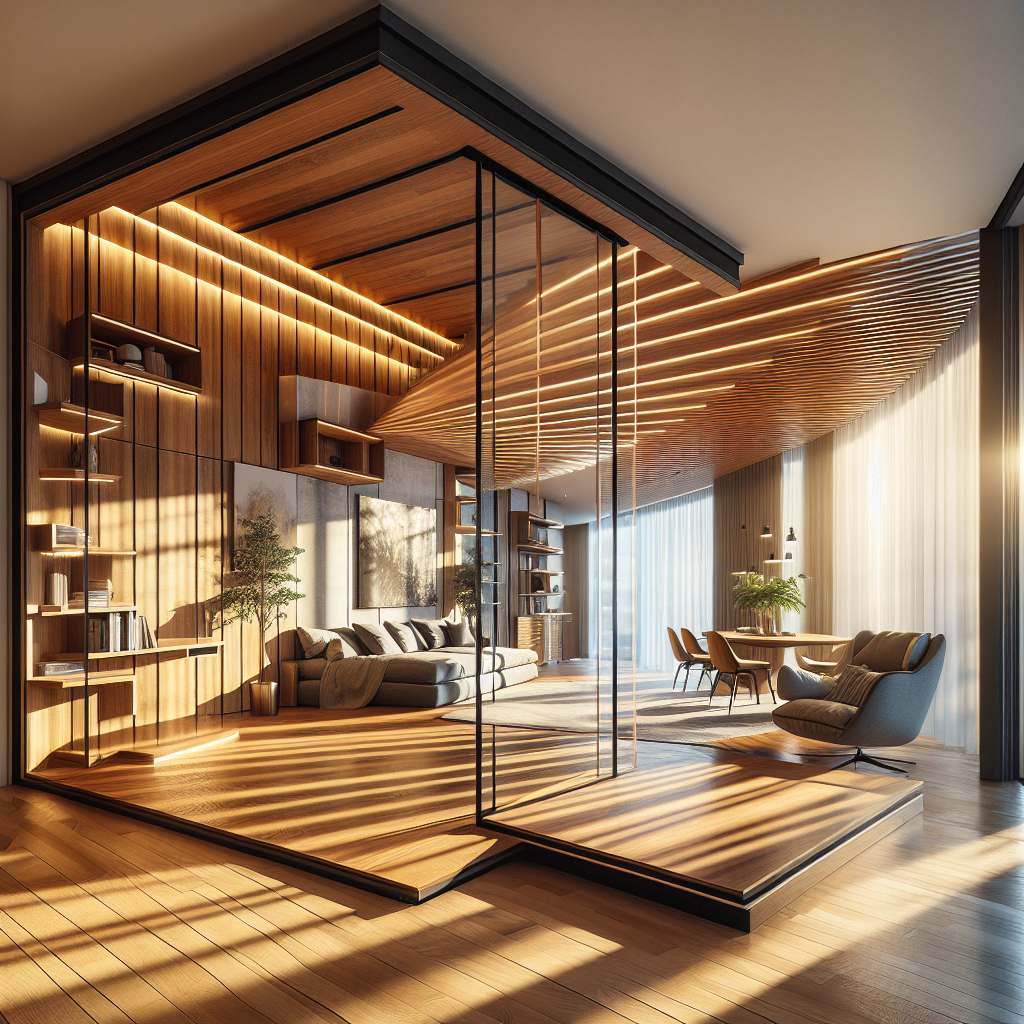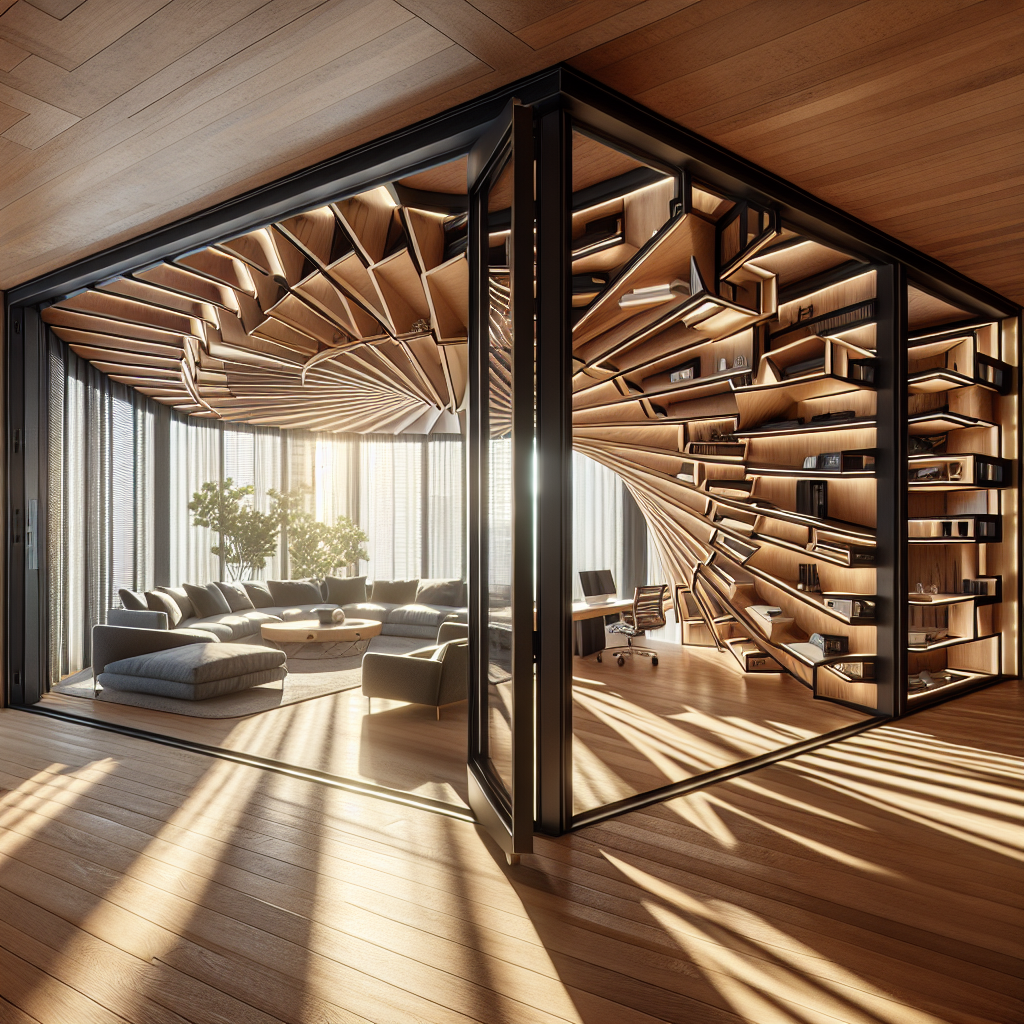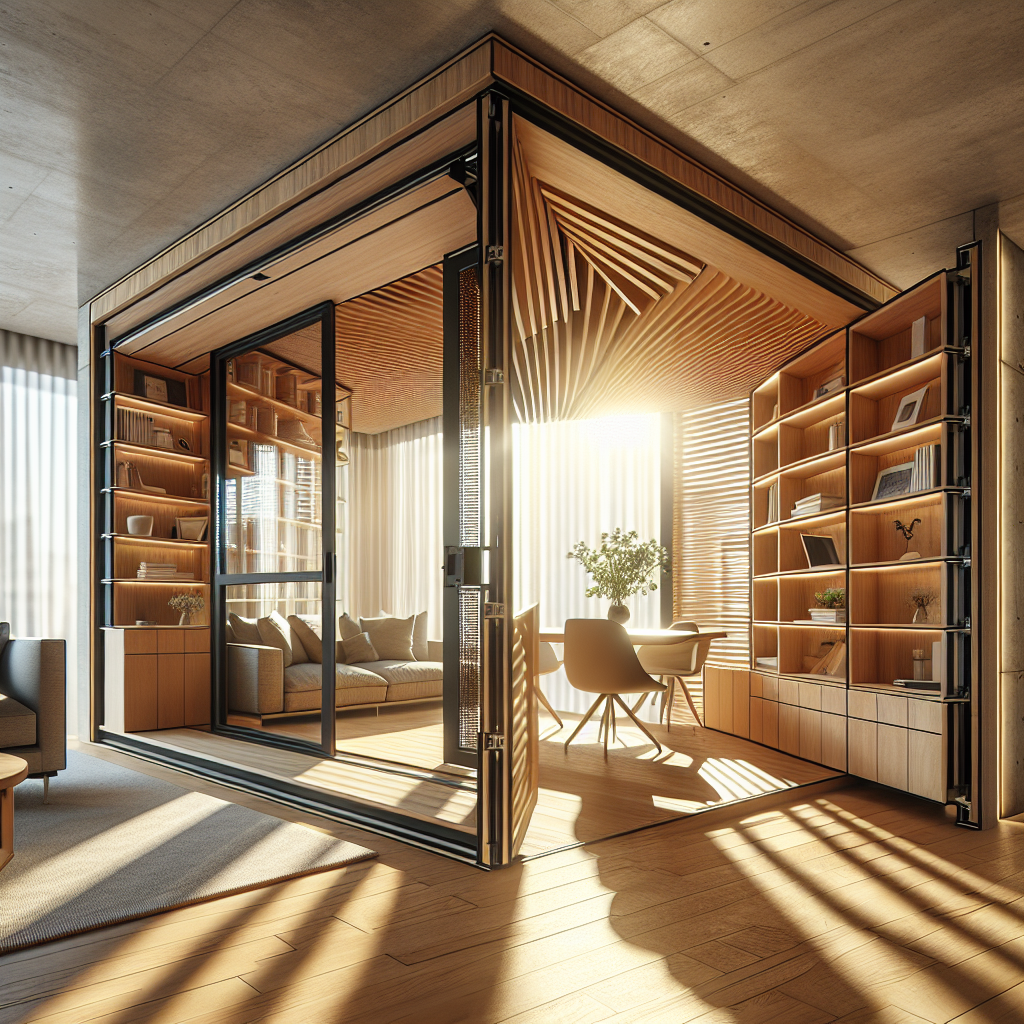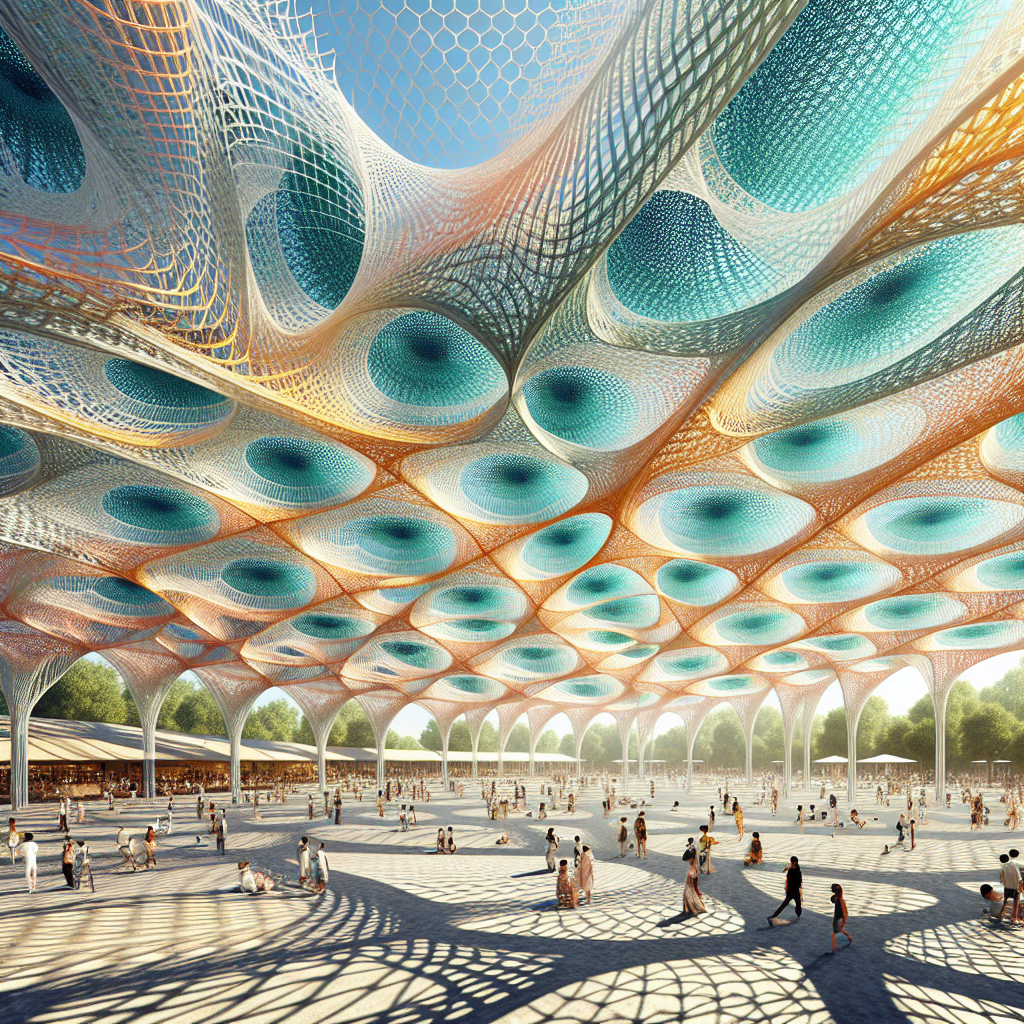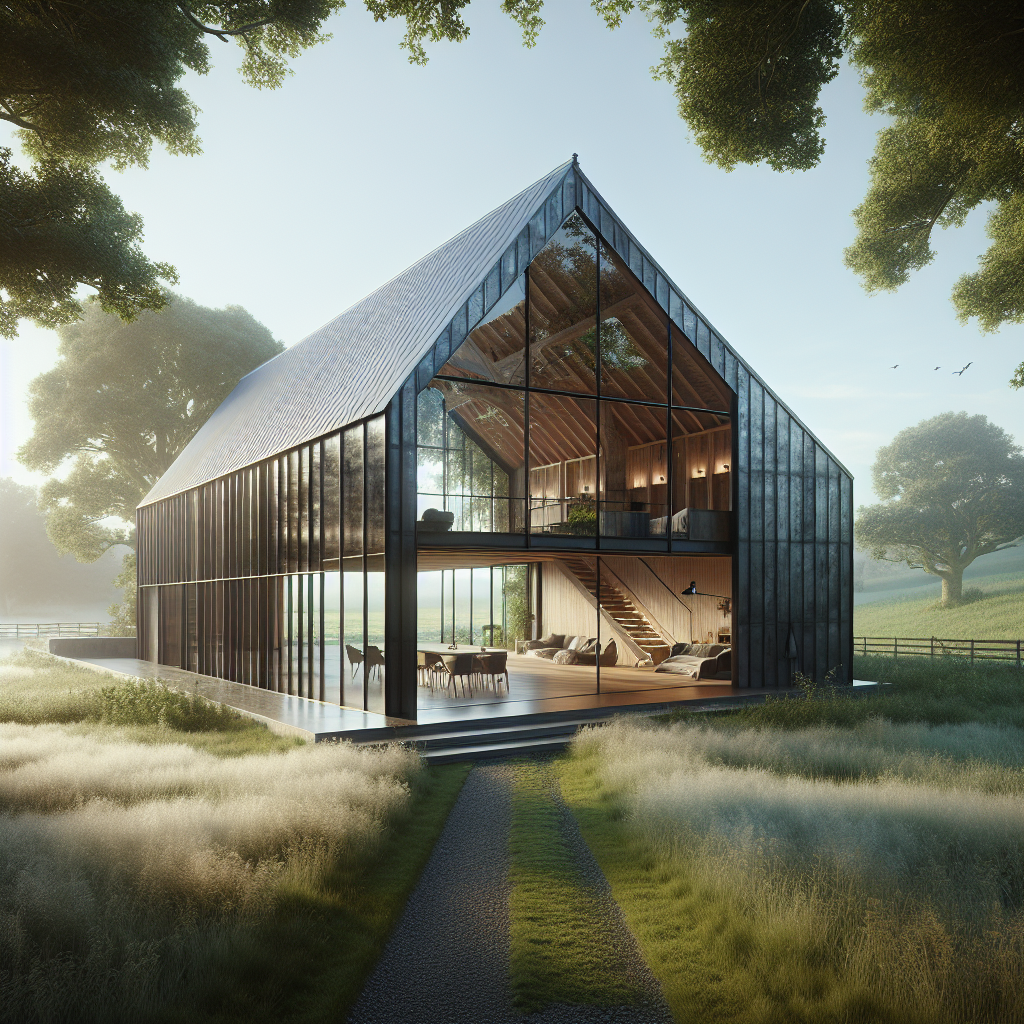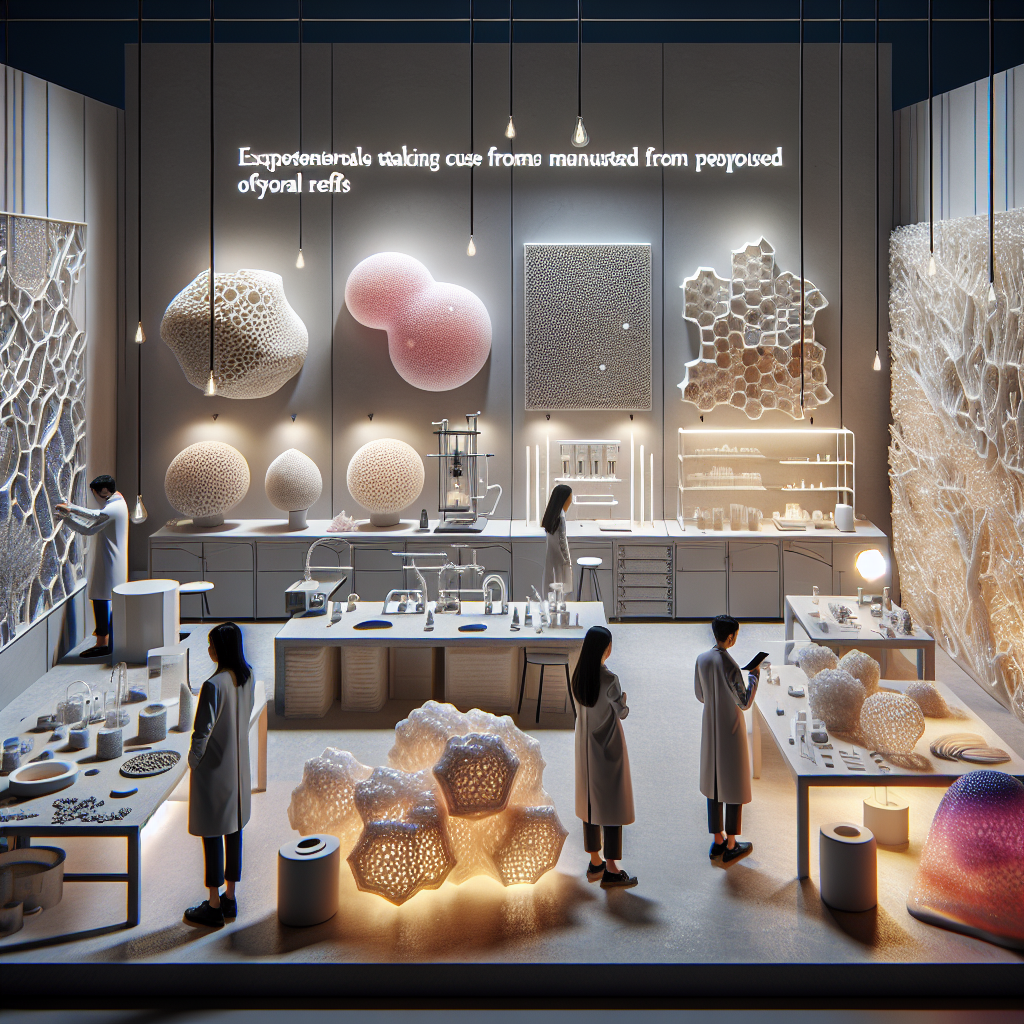Corners that pivot: multifunctional walls for flexible living
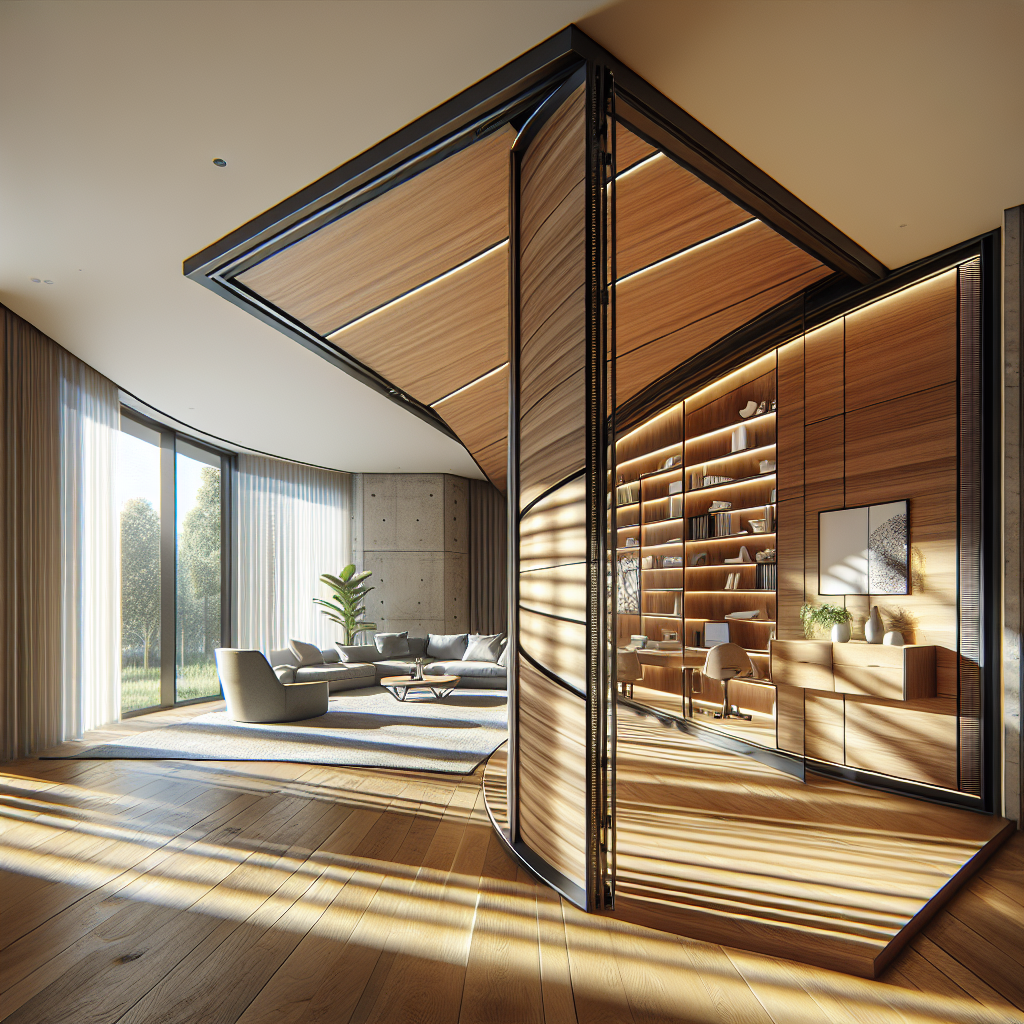
Corners that Pivot: Multifunctional Walls for Flexible Living
In the evolving landscape of contemporary architecture and interior design, the once-static wall is undergoing a radical transformation. No longer a mere boundary, the wall is becoming a dynamic architectural element—capable of pivoting, folding, or sliding to redefine space in real time. These multifunctional walls, often designed to pivot at corners, embody the ethos of flexible living: adaptability, efficiency, and aesthetic ingenuity. For architects, designers, and forward-thinking homeowners, they represent not just a design solution but a cultural shift in how we inhabit space.
The Rise of Flexible Living
Urban density, shifting work-life patterns, and the demand for more sustainable housing models have accelerated the interest in flexible living spaces. According to a 2023 report by the Global Construction Futures research group, nearly 40% of new residential projects in metropolitan areas now incorporate some form of modular or adaptable interior element. Multifunctional walls that pivot or rotate are at the forefront of this movement, offering a seamless way to transform interiors without the permanence of structural demolition.
Historically, movable partitions have existed in various forms—from Japanese fusuma screens to the folding panels of mid-century modern interiors. Yet today’s pivoting wall systems integrate advanced engineering, precision hinges, and smart technologies, enabling spaces to morph with remarkable fluidity. This evolution reflects a broader design trend toward modularity and adaptability, where the built environment responds to human needs rather than dictating them.
Pivoting Corners: A New Spatial Language
Unlike traditional sliding partitions, pivoting corner walls introduce a new architectural vocabulary. Imagine a living room that opens diagonally into a terrace with a single sweep of a wall, or a kitchen that can be enclosed for intimate dining and then expanded into an open-plan entertaining space. The pivoting mechanism, often engineered with concealed floor and ceiling tracks, allows for smooth rotation while maintaining structural integrity.
Architectural studios in Europe and Asia have been experimenting with these systems in both residential and commercial projects. In Milan, a recent apartment renovation featured a corner wall that rotated 90 degrees, transforming a compact studio into a two-room dwelling. In Tokyo, where micro-living is common, pivoting walls are used to alternate between workspace and sleeping quarters, maximizing every square meter.
Material Innovation and Aesthetic Impact
The materiality of multifunctional walls is as important as their mechanics. Designers are increasingly exploring lightweight composites, acoustic panels, and even translucent materials to enhance performance. For instance, pivoting walls clad in perforated metal can double as ventilation screens, while timber-clad panels introduce warmth and tactility. This aligns with the growing interest in biophilic design, where natural textures and finishes improve well-being and comfort.
Some architects are pushing further, embedding smart glass into pivoting walls, allowing them to shift from transparent to opaque at the touch of a button. This duality not only enhances privacy but also plays with light, shadow, and atmosphere—transforming interiors into living canvases.
Case Studies: Walls in Motion
1. The Rotterdam Loft – In a Dutch loft conversion, a pivoting corner wall clad in matte black steel separates the bedroom from the living area. When rotated, it reveals a hidden library, creating a dramatic moment of discovery. The wall doubles as a sculptural object, its sheer presence redefining the spatial hierarchy.
2. Barcelona’s Flexible Office – A co-working hub in Barcelona employs pivoting glass walls at corners to create breakout rooms that can expand or contract depending on occupancy. This approach not only optimizes real estate but also supports the fluid work culture of hybrid teams.
3. Compact Tokyo Apartment – In a 35-square-meter apartment, a wooden pivoting wall divides the sleeping zone from the kitchen. By day, it rotates to form a study nook; by night, it closes to create a cocoon-like bedroom. This project exemplifies how multifunctional walls address the realities of micro-living.
Technology Meets Craft
The success of pivoting wall systems lies in the marriage of engineering precision and artisanal detailing. Hidden pivot hinges, often capable of supporting hundreds of kilograms, are engineered with millimeter accuracy. At the same time, surface treatments—whether hand-finished plaster, woven textiles, or reclaimed wood—ensure the walls remain tactile and human-centered. This duality echoes the principles of craftsmanship in contemporary design, where technology amplifies, rather than replaces, artisanal skill.
Sustainability and the Circular Economy
Beyond aesthetics and flexibility, pivoting walls contribute to sustainability by extending the lifespan of interiors. Instead of tearing down walls to adapt to new needs, residents can reconfigure spaces with minimal waste. This aligns with the principles of the circular economy in architecture, where adaptability reduces demolition and material consumption.
Moreover, many manufacturers are now producing pivoting wall systems from recycled materials or sustainably sourced timber. By integrating durability with ecological responsibility, these designs anticipate a future where interiors are not only flexible but also environmentally conscious.
The Human Experience of Movement
What makes pivoting walls so compelling is not just their functionality but their choreography. The act of rotating a wall is inherently theatrical—it engages the body, creates anticipation, and redefines spatial relationships. This performative quality resonates with the growing emphasis on responsive architecture, where buildings interact with their occupants in dynamic ways.
For residents, this translates into a heightened sense of agency. Instead of passively inhabiting a static environment, they become co-creators of their spatial experience. A living room can be intimate or expansive, a workspace private or collaborative—all at the flick of a wall.
Looking Ahead: Pivoting Walls in Future Cities
As cities grapple with rising populations and shrinking living spaces, multifunctional walls will likely become a standard feature of urban housing. Their potential extends beyond homes into retail, hospitality, and cultural spaces. Imagine a gallery where pivoting walls reconfigure to create new exhibition narratives, or a hotel suite that transforms from lounge to conference room within minutes.
These innovations echo broader explorations in transformative interior design, where adaptability is no longer a luxury but a necessity. By rethinking the corner as a hinge rather than a limit, architects are unlocking new possibilities for how we live, work, and interact with space.
Final Thoughts
Pivoting corner walls represent more than a clever design trick; they embody a paradigm shift in architecture and interiors. They blur the line between furniture and structure, between permanence and impermanence. For designers, they offer a canvas of infinite possibilities; for residents, they promise a home that evolves with life itself. In a world where adaptability is the ultimate form of luxury, walls that move may well define the architecture of tomorrow.
